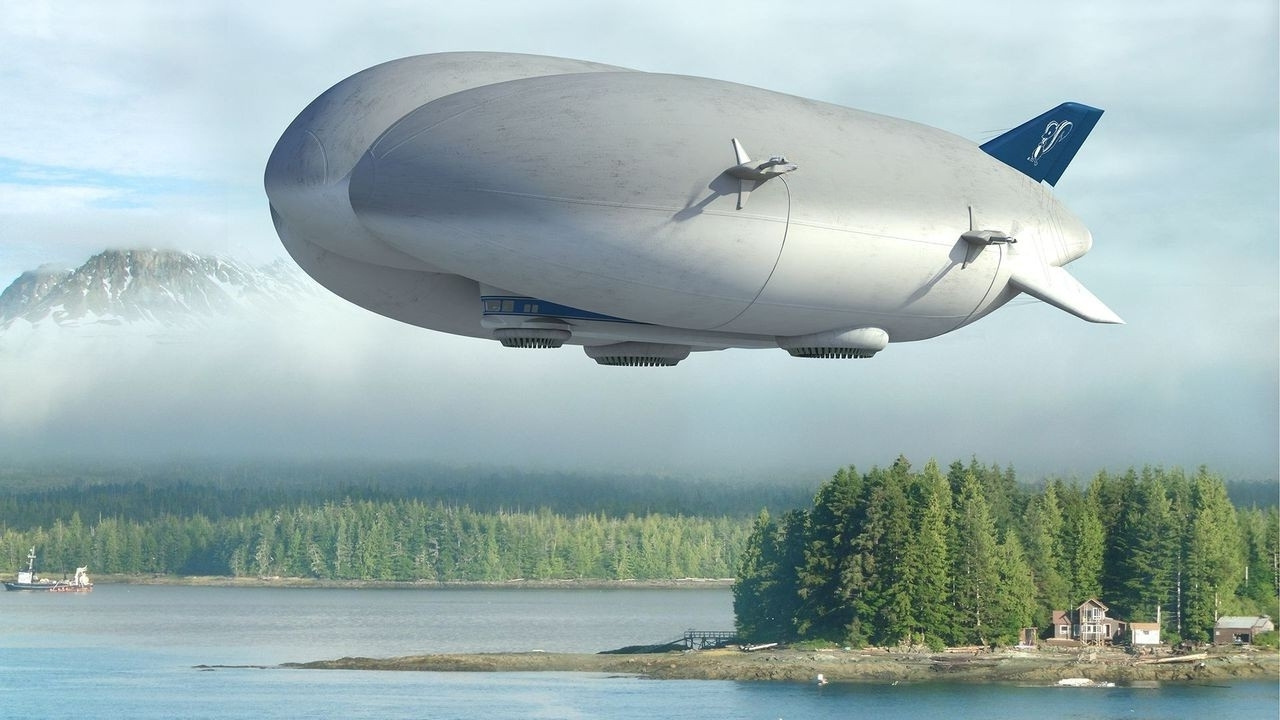
Airships have always sparked curiosity with their majestic presence in the sky. But what exactly makes these floating giants so fascinating? Airships are lighter-than-air craft that rely on buoyant gases like helium or hydrogen to lift off the ground. They were once the pinnacle of luxury travel, offering passengers a smooth, scenic journey through the clouds. From their role in early 20th-century exploration to their use in modern advertising, airships have a rich history filled with innovation and adventure. Whether you're a history buff or just curious about these incredible machines, here are 26 intriguing facts about airships that will elevate your understanding of these sky-bound marvels.
The Early Days of Airships
Airships, also known as dirigibles or zeppelins, have a fascinating history. These lighter-than-air crafts have captured imaginations for over a century.
-
The first successful airship flight occurred in 1852. Henri Giffard, a French engineer, piloted a steam-powered airship over Paris.
-
Ferdinand von Zeppelin, a German count, designed the first rigid airship in 1900. His name became synonymous with these crafts.
-
Early airships used hydrogen gas for lift. Hydrogen is highly flammable, making these early flights quite dangerous.
-
The first commercial airship service began in 1910. The German company DELAG operated passenger flights across Europe.
Airships in Warfare
Airships played significant roles during wartime, providing reconnaissance and even engaging in combat.
-
During World War I, airships were used for reconnaissance missions. They could hover over enemy lines, providing valuable intelligence.
-
The British Royal Navy used airships to patrol for German U-boats. These patrols helped protect convoys from submarine attacks.
-
The German military used zeppelins to bomb London. These raids caused significant damage and terror among the population.
-
In World War II, the United States used blimps for coastal patrols. They helped spot enemy submarines and protect shipping lanes.
Technological Advancements
Airships have seen numerous technological improvements over the years, enhancing their safety and capabilities.
-
The Hindenburg, launched in 1936, was the largest airship ever built. It could carry up to 72 passengers in luxurious accommodations.
-
The Hindenburg disaster in 1937 marked the end of the hydrogen era. The airship caught fire while landing in New Jersey, killing 36 people.
-
Modern airships use helium for lift. Helium is non-flammable, making these crafts much safer than their hydrogen predecessors.
-
Today's airships are often equipped with advanced navigation systems. These systems help pilots maintain control and avoid obstacles.
Airships in Modern Times
Despite their early challenges, airships have found new roles in the modern world.
-
Airships are used for advertising. Their large surface area makes them perfect for displaying logos and messages.
-
They are also used for aerial photography and filming. Airships provide a stable platform for capturing high-quality images and videos.
-
Some companies are exploring airships for cargo transport. These crafts can reach remote areas without the need for runways.
-
Airships are used in scientific research. They can carry instruments to high altitudes for atmospheric studies.
Environmental Impact
Airships offer some environmental benefits compared to traditional aircraft.
-
Airships produce less noise pollution. Their engines are quieter, making them less disruptive to wildlife and communities.
-
They have lower fuel consumption. Airships use less fuel than airplanes, reducing their carbon footprint.
-
Airships can operate in areas without airports. This reduces the need for infrastructure development, preserving natural landscapes.
-
Some airships are powered by renewable energy. Solar panels and other green technologies are being integrated into new designs.
Fun Facts
Airships have some quirky and interesting aspects that make them unique.
-
The Goodyear Blimp is one of the most famous airships. It has been a fixture at sporting events for decades.
-
Airships can hover in place. This ability makes them useful for tasks like surveillance and broadcasting.
-
The longest airship flight lasted over 11 days. In 1929, the Graf Zeppelin circumnavigated the globe in 21 days, 5 hours, and 31 minutes.
-
Airships can land on water. Some designs allow them to take off and land on lakes and oceans.
-
The largest airship currently in operation is the Airlander 10. It measures 302 feet in length and can stay airborne for up to five days.
-
Airships have inspired numerous films and books. Their unique design and capabilities make them a popular subject in science fiction and adventure stories.
Airships: A Fascinating Legacy
Airships have left an indelible mark on history. From their early days as military scouts to their modern use in advertising and tourism, these floating giants have always captured our imagination. They played crucial roles in both World Wars, providing strategic advantages and changing the course of battles. Today, airships are making a comeback, thanks to their eco-friendly nature and versatility. They offer a unique way to see the world, combining nostalgia with innovation. Whether used for scientific research, cargo transport, or simply as a majestic sight in the sky, airships continue to be relevant. Their ability to hover, land in remote areas, and operate quietly makes them invaluable. As technology advances, we can expect even more exciting developments in the world of airships. So next time you see one floating gracefully above, remember the rich history and bright future of these incredible vessels.
Was this page helpful?
Our commitment to delivering trustworthy and engaging content is at the heart of what we do. Each fact on our site is contributed by real users like you, bringing a wealth of diverse insights and information. To ensure the highest standards of accuracy and reliability, our dedicated editors meticulously review each submission. This process guarantees that the facts we share are not only fascinating but also credible. Trust in our commitment to quality and authenticity as you explore and learn with us.
